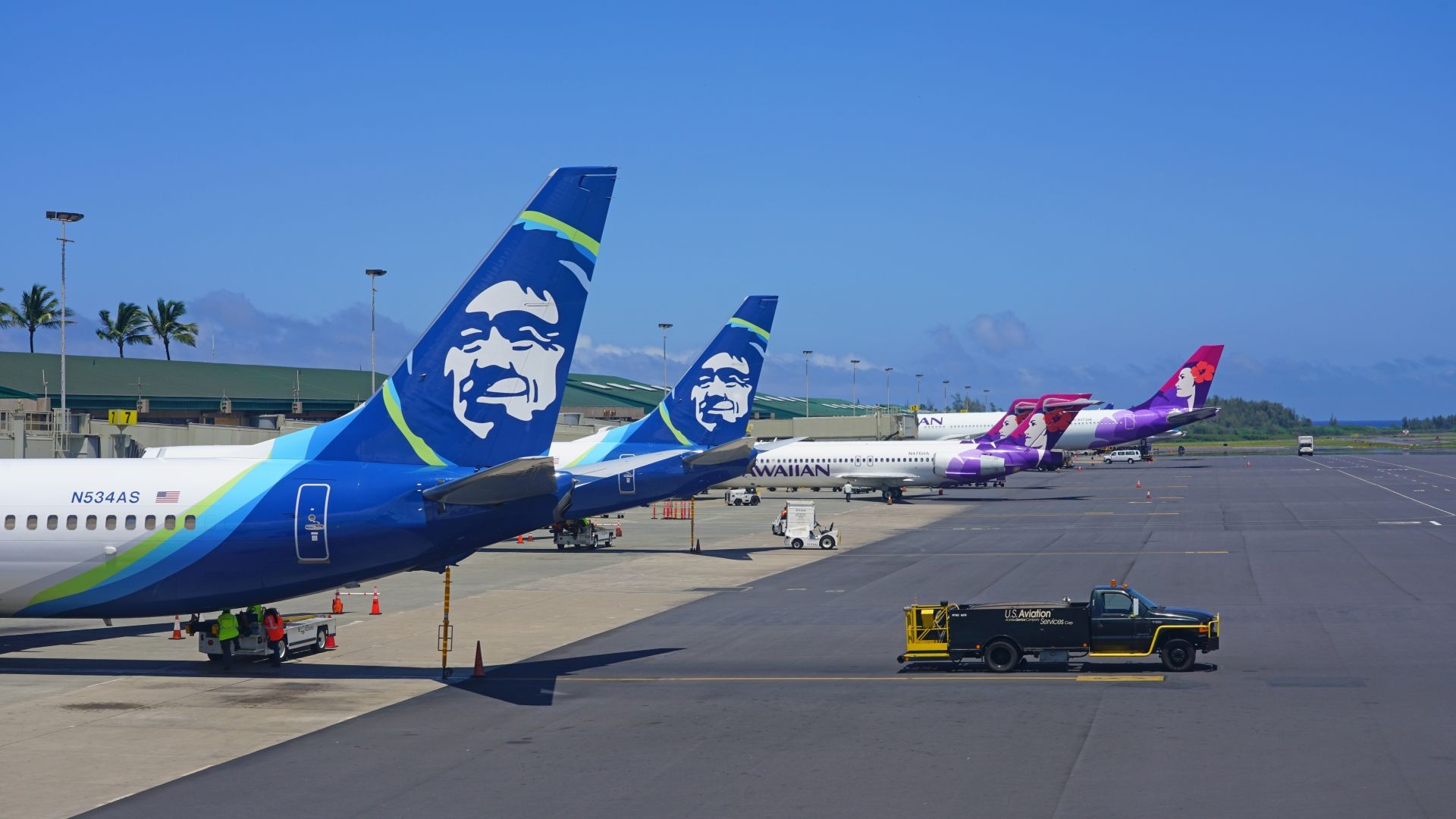World
Alaska and Hawaiian Airlines Achieve Milestone with SOC Approval

Alaska Airlines and Hawaiian Airlines have reached a significant milestone by obtaining a Single Operating Certificate (SOC) from the Federal Aviation Administration (FAA). This certificate enables both airlines to operate under a unified operational structure while maintaining their distinct brand identities. The achievement ensures that, despite operating under a single callsign historically associated with Alaska Airlines, Hawaiian Airlines can continue to serve its loyal customers without losing its unique identity.
Integration and Operational Changes
The SOC marks a critical step in the ongoing integration of the two carriers, as confirmed by Alaska Airlines in a statement released earlier this week. The airline emphasized that this milestone reflects the successful alignment of operational standards between the two brands. Alaska Airlines has integrated training, policies, and procedures across both airlines, streamlining operations while preserving individual brand characteristics.
Ben Minicucci, President and CEO of Alaska Air Group, highlighted the extensive effort involved in achieving this integration, noting, “This was a year-long, multi-phase effort involving multiple departments and thousands of hours of work.” He expressed gratitude to the FAA and the U.S. Department of Transportation for their guidance throughout the process.
As part of the operational integration, Hawaiian Airlines flights will now operate under the Alaska Airlines callsign. This change will primarily affect pilots’ communications with air traffic control, as the Hawaiian Airlines callsign will be phased out. Nonetheless, passengers will continue to see the ‘HA’ designation on their boarding passes and flight displays, allowing them to retain a sense of connection with the Aloha State’s major carrier.
Future Developments and Passenger Impact
Due to the integration, some flight numbers will need to be changed to avoid duplication between the two airlines. Alaska Airlines indicated that where feasible, efforts were made to keep flight numbers similar; however, in many cases, entirely new numbers will be assigned. Passengers, especially frequent travelers with Hawaiian Airlines, are encouraged to verify their flight numbers to ensure a smooth travel experience.
Looking ahead, Alaska Airlines has outlined several ongoing integration initiatives aimed at enhancing the travel experience for customers flying across both brands. One of the key changes includes the transition to a shared Passenger Service System (PSS), which is anticipated to be implemented by April 2026. This shift will result in the eventual retirement of Hawaiian Airlines’ ‘HA’ flight numbers, raising some concerns among loyal customers regarding the preservation of the airline’s identity.
In response to these concerns, Alaska Airlines reassured passengers that Hawaiian Airlines flights will remain prominently branded across all digital platforms, featuring the distinctive Pualani aircraft tail. The company remains committed to ensuring that travelers can continue to view and book Hawaiian Airlines flights while enjoying the unique experience associated with the brand.
Overall, the achievement of the Single Operating Certificate represents not just a regulatory milestone but also a pivotal moment for both airlines as they work together to provide a seamless service experience for their passengers.
-

 Science2 months ago
Science2 months agoToyoake City Proposes Daily Two-Hour Smartphone Use Limit
-

 Health2 months ago
Health2 months agoB.C. Review Reveals Urgent Need for Rare-Disease Drug Reforms
-

 Top Stories2 months ago
Top Stories2 months agoPedestrian Fatally Injured in Esquimalt Collision on August 14
-

 Technology2 months ago
Technology2 months agoDark Adventure Game “Bye Sweet Carole” Set for October Release
-

 World2 months ago
World2 months agoJimmy Lai’s Defense Challenges Charges Under National Security Law
-

 Technology2 months ago
Technology2 months agoKonami Revives Iconic Metal Gear Solid Delta Ahead of Release
-

 Technology2 months ago
Technology2 months agoSnapmaker U1 Color 3D Printer Redefines Speed and Sustainability
-

 Technology2 months ago
Technology2 months agoAION Folding Knife: Redefining EDC Design with Premium Materials
-

 Technology2 months ago
Technology2 months agoSolve Today’s Wordle Challenge: Hints and Answer for August 19
-

 Business2 months ago
Business2 months agoGordon Murray Automotive Unveils S1 LM and Le Mans GTR at Monterey
-

 Lifestyle2 months ago
Lifestyle2 months agoVictoria’s Pop-Up Shop Shines Light on B.C.’s Wolf Cull
-

 Technology2 months ago
Technology2 months agoApple Expands Self-Service Repair Program to Canada









